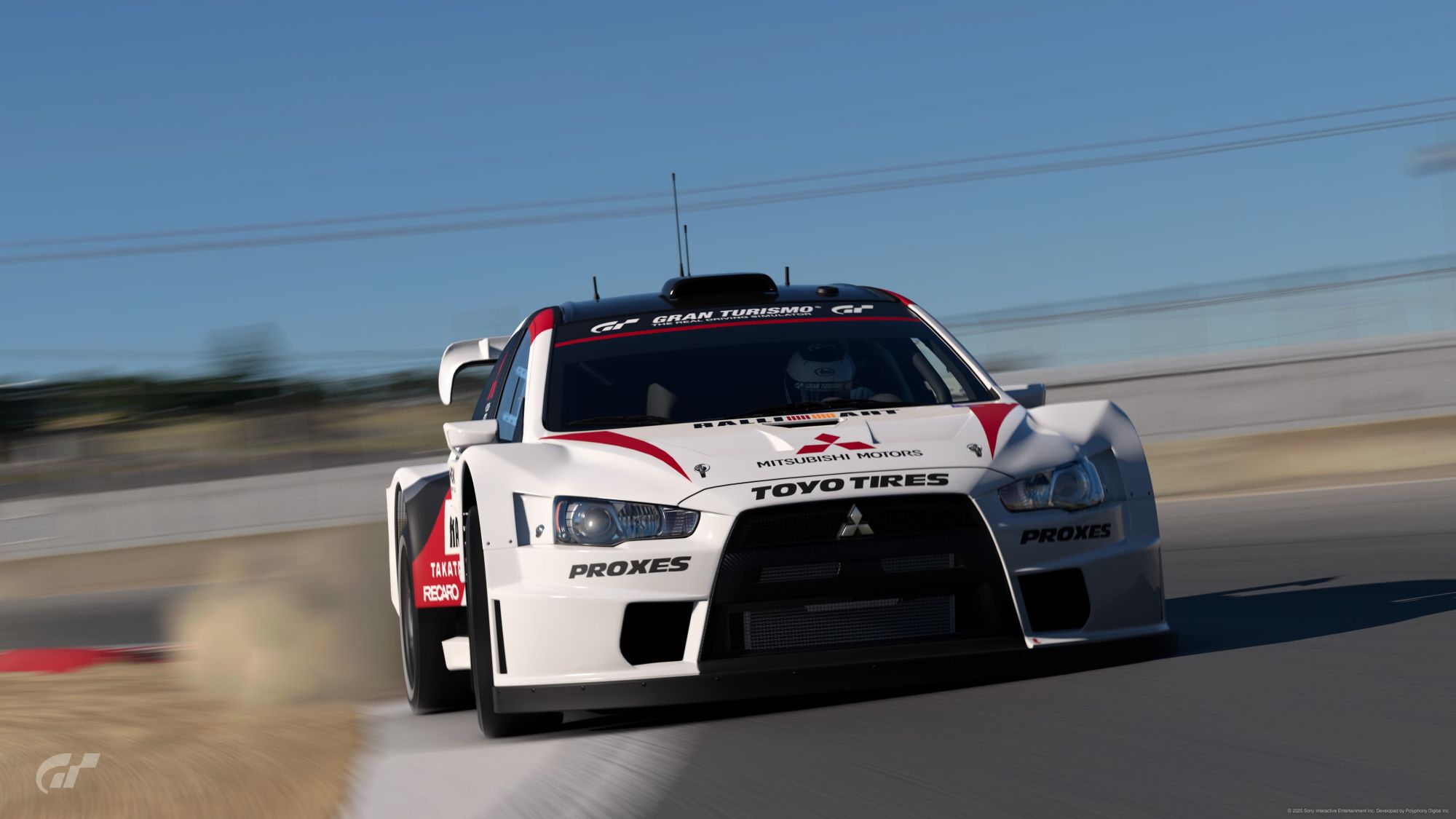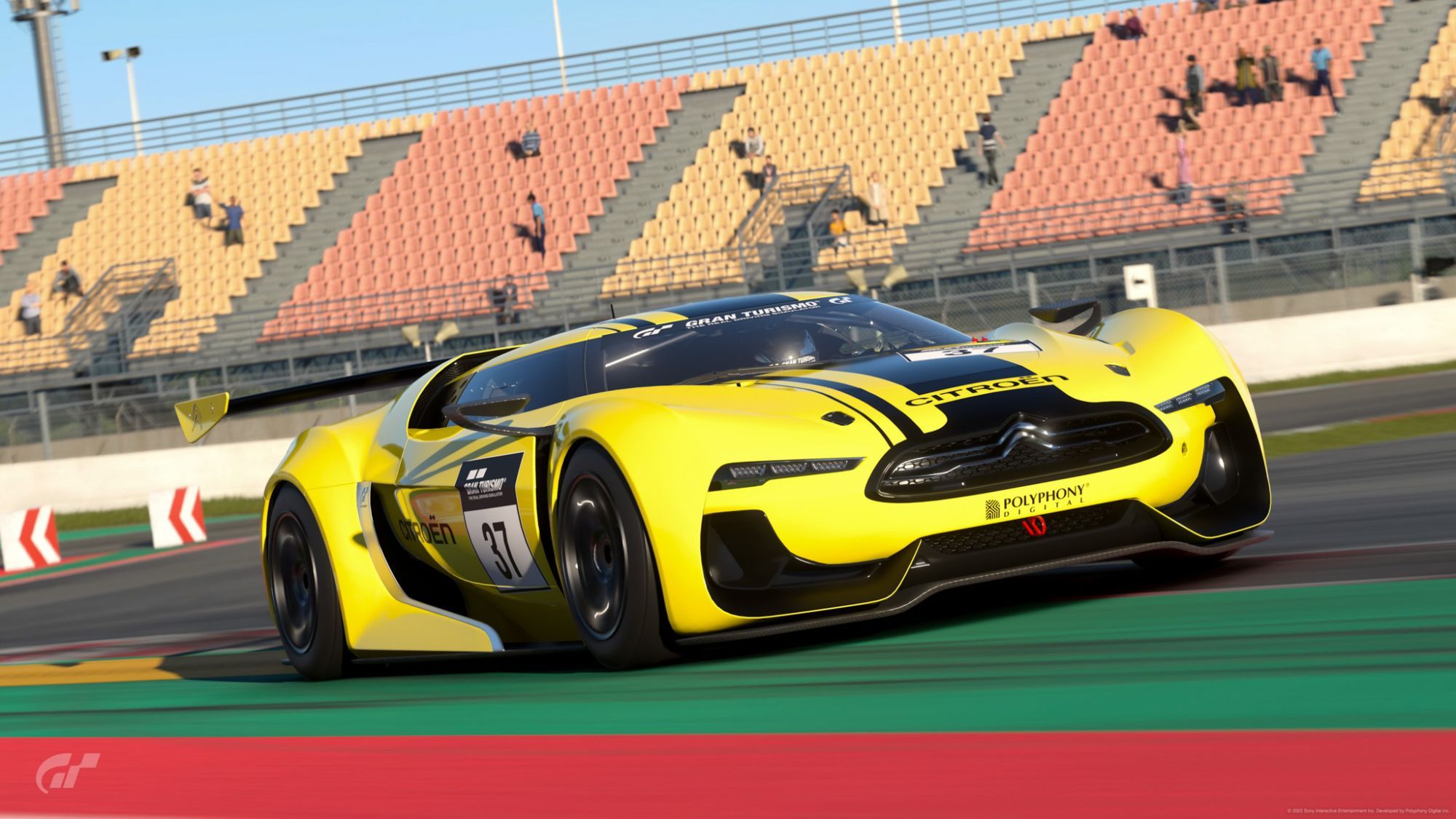
A Limited Slip Differential (LSD) controls the speed at which the inside and outside drive wheels rotate in relation to each other.
When cornering, the inside wheel will need to rotate slower than the outside wheel due to the smaller radius being carved by the inside wheel. Controlling this difference (differential) is known as slip.
LSD Settings
With a fully closed differential (no slip), the inside wheel will rotate at the same speed as the outside wheel. This will lead to a rear end that is very snappy and easily breaks traction. In front wheel drive cars it can lead to understeer. In rear wheel drive cars this setup is good for drifting.
With a fully open differential (full slip) the inside wheel rotation speed will not be controlled, leading to the inside wheel spinning. This setup is more stable, less likely to snap, but will reduce forward drive.
The ideal balance is one where the inside wheel does not spin, but the car’s tendency to break traction (understeer in FF, oversteer in FR) is also manageable.
Gran Turismo 7 Provides 3 Parameters
Initial: This setting is a preload. Or in other words much force needs to be applied for the differential to start allowing slip.
Acceleration: This setting is how much slip is allowed during acceleration, but only after the threshold set by the Initial setting.
Braking: This is how much slip is allowed during braking, and can be used to correct entry oversteer / understeer.
Porsche 911 RSR - MR
The LSD settings, with a modest initial torque but aggressive braking sensitivity, greatly enhanced traction and cornering abilities, allowing for tighter lines and more confident exits from corners. This setting will make the torque output almost instant since the initial torque is set to 5, which is the lowest value. Acceleration Sensitivity was set to 15 to prevent the car from sliding out of the corners and provide an additional safety net. This mean that the driver can start accelerating earlier and more aggressive, without losing the back end. Also high braking sensitivity means that the car will have very stable entry into the corner without entry understeer.
Aston Martin Vantage V12 - FR
Starting with initial torque, this setting will make the torque output almost instant. Acceleration Sensitivity was set to 35 since this car is very "tail happy" and we wanted to minimize the risk of losing the back end while keeping the right amount of torque distribution for acceleration. A higher settings will make the rear tires to spin at the same speed regardless of the corner radius. With that said, the goal was to find the right amount that can be stable and optimize performance. Also, low braking sensitivity means that this car will rotate really well on entry. Considering this is an FR car, and in general FR cars are very stable, this setting doesn't need to be high.
Conclusion
As a general guideline, set Initial low, acceleration mid, and braking low. Pay attention to what the car is doing. If the car is too snappy, lower acceleration setting. If the inside wheel is spinning, raise the acceleration setting. If the car oversteers on corner entry, raise braking stability.
In GT7 terms, maximum and minimum LSD settings are circumstantially usable, and attention should be paid to correcting car behaviour and creating an LSD setup that is sympathetic with the suspension set up, tyre choice and driving style.
Read more about tuning in the following articles: Anti-Roll Bars and Damper Ratios.















